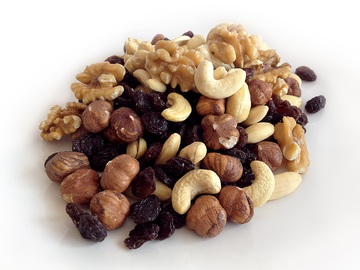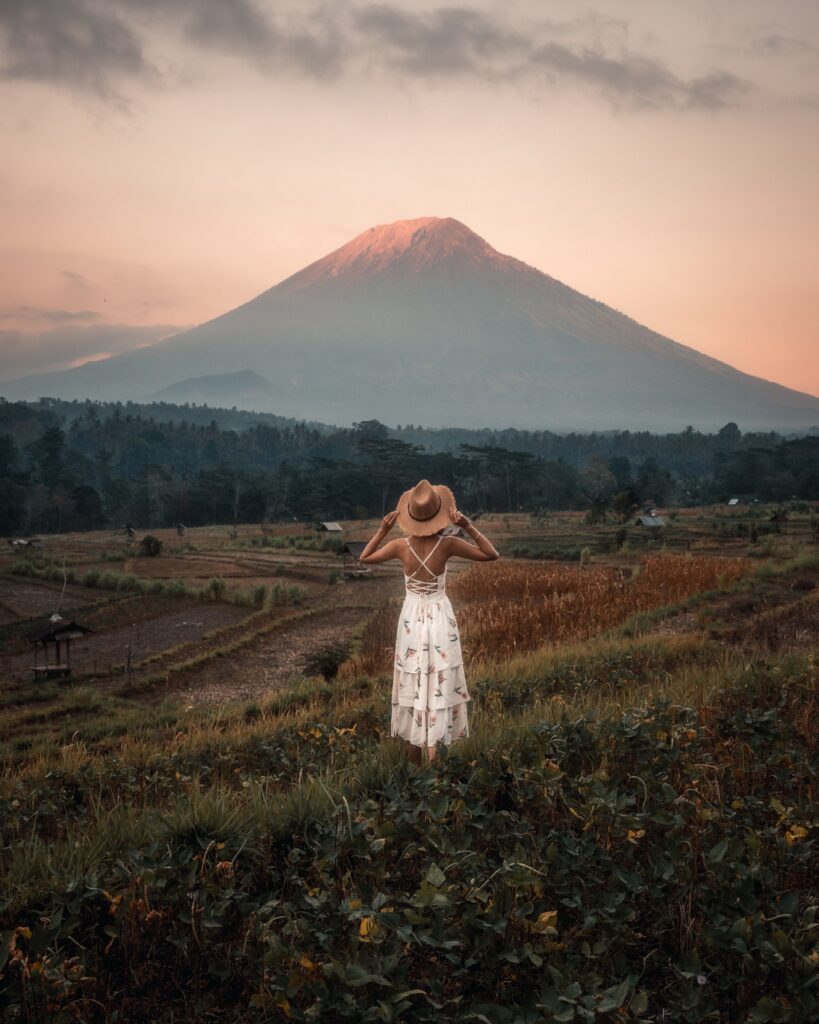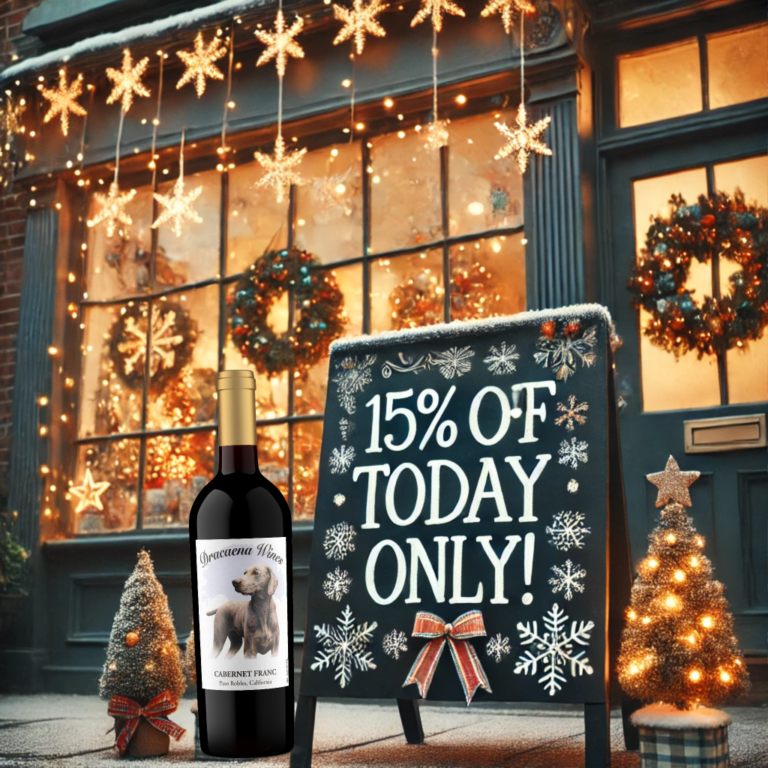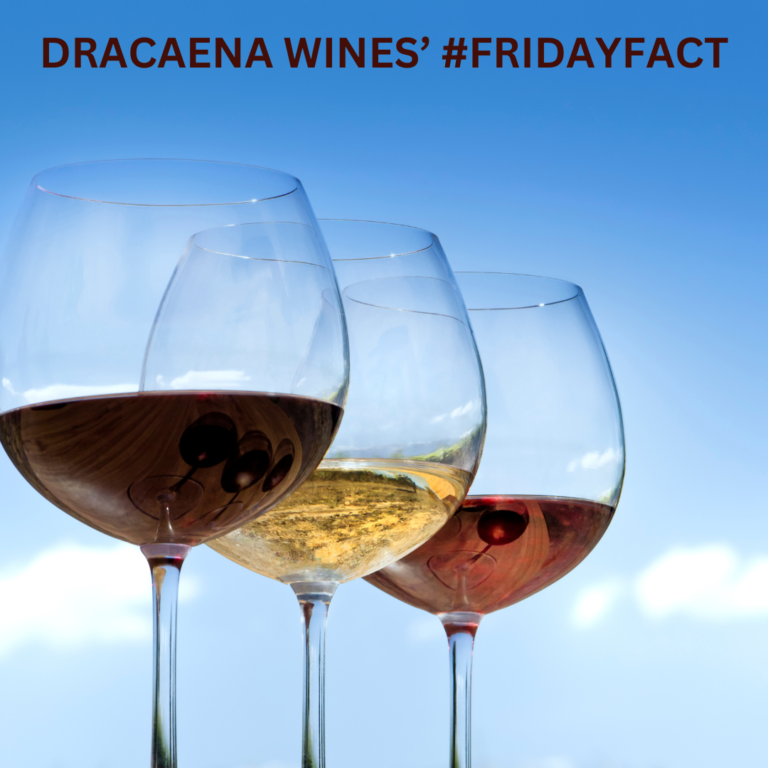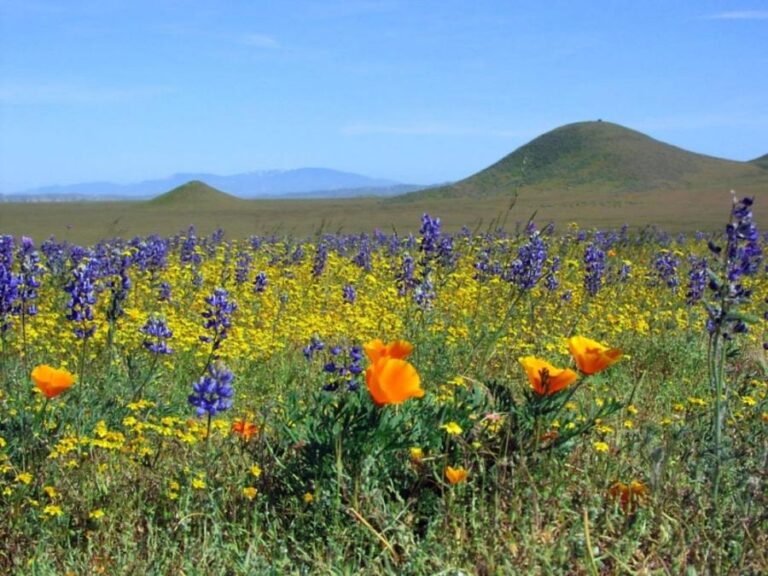I have discussed in the past the legal definition of a single varietal wine. The magic number is 75%. As long as a wine has 25% or less of another grape variety, the winery can officially call it a single varietal. So then, the question arises, what is a blend? It is not as if we can see what is in a wine, as if it was a handful of nuts.
There are a few reasons why a winemaker would choose to blend. The number one reason, is of course, to improve the quality of the finished product. Sometimes a wine just needs a bit of a lift or possibly a little taming.
A little dirty trade secret is that blending is also used to make the wine taste the same vintage after vintage. Did you ever think how you can pick up a bottle of wine from those large wine producers that shall remain nameless and it tastes the same from vintage to vintage? Think that through for a minute… if the climate changes from year to year, and the amount of rainfall changes, how can a wine taste the same? Winemaker intervention is the answer… blending – massive blending.
For the rest of us craft or boutique wineries who want our wines to speak to the terroir, blending has a completely different approach. Depending on the season, a single varietal wine may be light in the middle palate, or maybe it doesn’t have the upfront fruit or the aromatics the winemaker is looking for. By blending different varieties together, the sum of the parts can become better than the individual components.
Have you been missing the weekly Exploring the Wine Glass posts? They have moved. Sign up below to receive notification of new posts. Subscribe to Dracaena Wines’ blog in the sidebar on this page.
Some famous wine regions of the world have been built on blends. The Rhone in France is famous for their GSM (Grenache/Syrah/Mourvèdre) blends. Syah is known to add some body, fruit and spice to the blend, while Grenache is known for its candied fruit and raspberry additions. The Mourvèdre adds tannin and floral aromas.
The red wines of Bordeaux are blends of Cabernet Sauvignon, Merlot and Cabernet Franc. Petit Verdot, Malbec and Carménère can also be found in the mix in smaller proportions. Merlot provides dark fruit flavors, Cabernet Sauvignon supports the wine with its body and tannins. Cabernet Franc rounds out the classic blend with its subtleness. When added, Petit Verdot adds floral aromatics. Together, they create a complex wine that is built to age. (55% Cabernet Sauvignon, 29% Merlot, 13% Cabernet Franc, 2% Petit Verdot & 1% Carmenere)

In many parts of the world, including the United States, there are no rules of which varieties can be blended together. There may be more common blends, such as Tempranillo and Grenache, or the Syrah and Viognier blend most famous in the northern Rhone Valley as well as South Australia and Victoria, but a winemaker can make their wine from unexpected combinations. Have you had a Sangiovese/Viognier wine or how about Lemberger/Merlot? These wines, along with many other unique blends are out there! Why not be adventurous?
~Slàinte!
Please follow us on Instagram, Twitter, Facebook and Youtube.
We’ve stacked the odds so that you can get our award winning wines without breaking the bank. Click the image to find out all of the benefits of joining the CHALK CLUB including discounted shipping and up to 25% off all purchases. .


